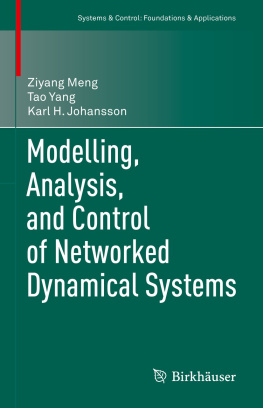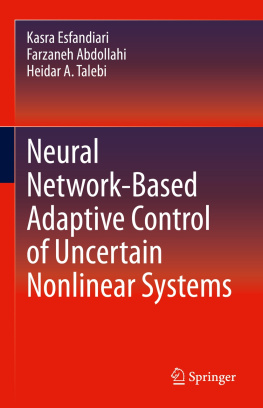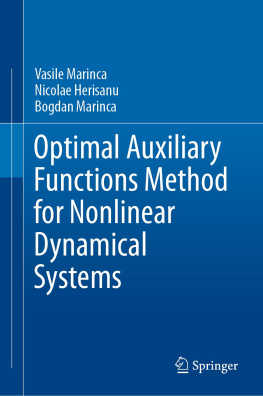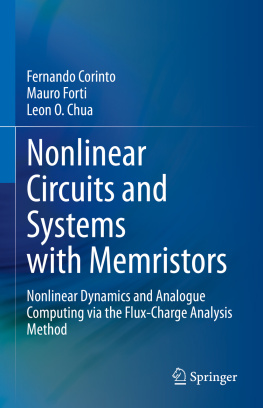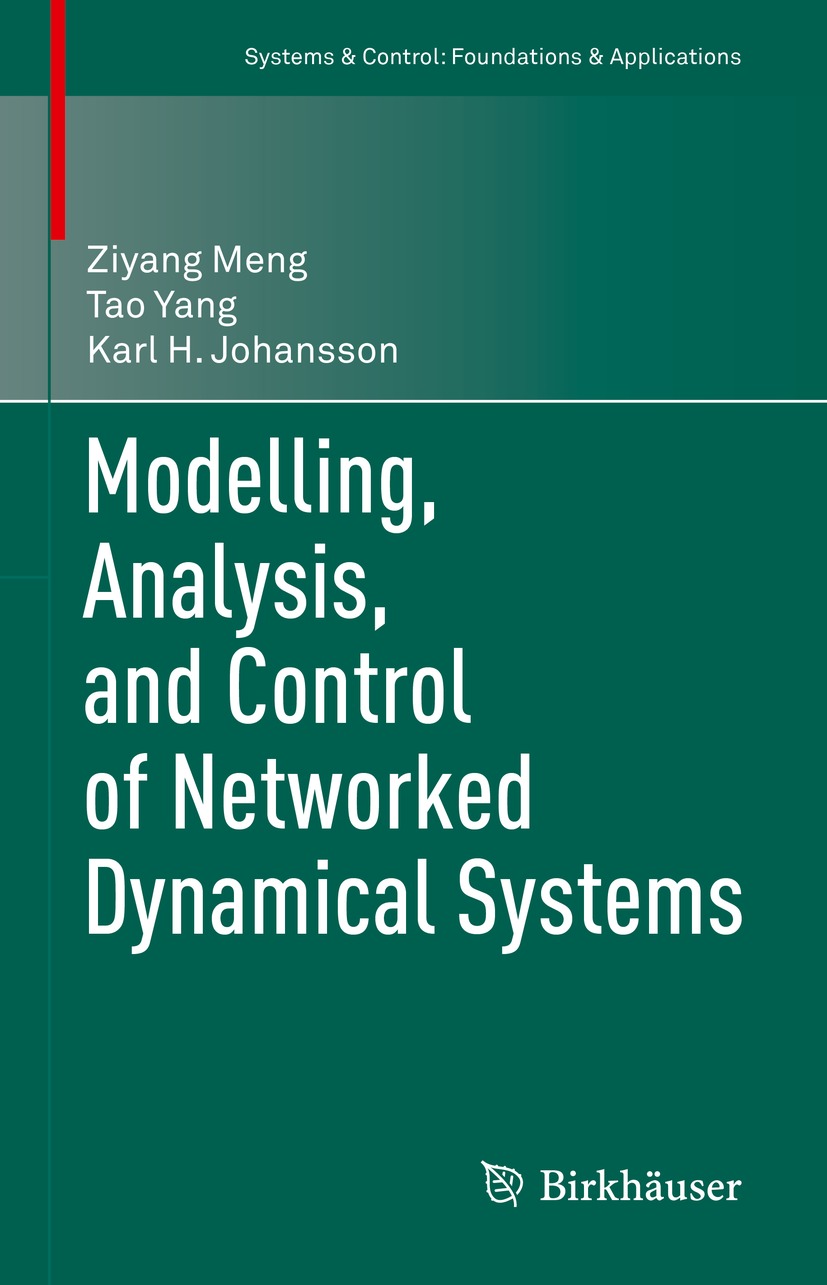Systems & Control: Foundations & Applications
Series Editor
Tamer Baar
University of Illinois at UrbanaChampaign, Urbana, IL, USA
Editorial Board
Karl Johan strm
Lund Institute of Technology, Lund, Sweden
Han-Fu Chen
Academia Sinica, Beijing, China
Bill Helton
University of California, San Diego, CA, USA
Alberto Isidori
Sapienza University of Rome, Rome, Italy
Miroslav Krstic
University of California, San Diego, La Jolla, CA, USA
H. Vincent Poor
Princeton University, Princeton, NJ, USA
Mete Soner
ETH Zrich, Zrich, Switzerland
Swiss Finance Institute, Zrich, Switzerland
Roberto Tempo
Roberto Tempo, (19562017), CNR-IEIIT, Politecnico di Torino, Italy
More information about this series at http://www.springer.com/series/4895
Ziyang Meng , Tao Yang and Karl H. Johansson
Modelling, Analysis, and Control of Networked Dynamical Systems
1st ed. 2021

Logo of the publisher
Ziyang Meng
Department of Precision Instrument, Tsinghua University, Beijing, China
Tao Yang
State Key Laboratory of Synthetical Automation for Process Industries, Northeastern University, Shenyang, China
Karl H. Johansson
School of Electrical Engineering and Computer Science, KTH Royal Institute of Technology, Stockholm, Sweden
ISSN 2324-9749 e-ISSN 2324-9757
Systems & Control: Foundations & Applications
ISBN 978-3-030-84681-7 e-ISBN 978-3-030-84682-4
https://doi.org/10.1007/978-3-030-84682-4
Mathematics Subject Classication (2010): 93A16 93A14 93A15 93D15
The Editor(s) (if applicable) and The Author(s), under exclusive license to Springer Nature Switzerland AG 2021
This work is subject to copyright. All rights are solely and exclusively licensed by the Publisher, whether the whole or part of the material is concerned, specifically the rights of translation, reprinting, reuse of illustrations, recitation, broadcasting, reproduction on microfilms or in any other physical way, and transmission or information storage and retrieval, electronic adaptation, computer software, or by similar or dissimilar methodology now known or hereafter developed.
The use of general descriptive names, registered names, trademarks, service marks, etc. in this publication does not imply, even in the absence of a specific statement, that such names are exempt from the relevant protective laws and regulations and therefore free for general use.
The publisher, the authors and the editors are safe to assume that the advice and information in this book are believed to be true and accurate at the date of publication. Neither the publisher nor the authors or the editors give a warranty, expressed or implied, with respect to the material contained herein or for any errors or omissions that may have been made. The publisher remains neutral with regard to jurisdictional claims in published maps and institutional affiliations.
This book is published under the imprint Birkhuser, www.birkhauser-science.com by the registered company Springer Nature Switzerland AGThis book is published under the imprint Birkhuser, www.birkhauser-science.com by the registered company Springer Nature Switzerland AG
The registered company address is: Gewerbestrasse 11, 6330 Cham, Switzerland
My parents, Wei Meng and Li Guo
My wife, Qian Wang
My daughter, Qinglin Meng
Ziyang Meng
My parents, Shaokun Yang and Ying Xing
Tao Yang
My parents, Sigurd and Gunvor
My wife, Liselott
My sons, Kasper and Felix
Karl H. Johansson
Preface
Rapid developments in digital systems, communication, and sensing technologies have led to the emergence of networked dynamical systems. These systems consist of a large number of interconnected subsystems (agents), which are required to cooperate in order to achieve a desirable global objective. Potential applications for such networked systems can be found in biology, social science, computer science, and engineering. As many applications are components of our infrastructure, how to control and coordinate agents in such networked systems is of great interest.
The revolutionary idea is that by carefully designing distributed control laws, a group of autonomous agents can achieve a collective task by cooperatively and locally exchanging information. Interactions are local in the sense that an agent can only interact with a subset of agents. Under such a distributed framework, this book aims to provide some recent results on modelling, analysis, control, and applications of networked dynamical systems. In particular, from a theoretical perspective, it is valuable to analyze some fundamental properties of emergent behaviors of networked dynamical systems. Typical emergent behaviors are observed in circuit networks, social networks, and biological networks. Precise mathematical models are introduced to reconstruct these group behaviors including synchronizing to a time-varying trajectory, clustering into different groups, flocking with alignment, separation, and cohesion properties. From a methodology perspective, it is essential to model networked dynamical systems in a realistic environment and to properly design their controls such that the overall objective is achieved even when there are only limited resources available. Systems with a variety of constraints are considered in this book. Typical constraints include those on dynamics, energy, communication, sensing, and control. From an application perspective, it is indispensable to implement the proposed distributed control algorithms into practical systems and adjust them depending on various engineering requirements. Typical applications include multiple unmanned airborne vehicles, spacecraft formation flying, heavy-duty vehicle platooning, smart grid, and social networks.
This book consists of four parts. The first part presents preliminaries in Chap. , where the cooperative attitude control problem of spacecraft formation flying, the rendezvous problem of multi-robot systems, and the energy resource coordination problem of power network are studied, respectively.
We would like to thank our colleagues and collaborators for their contributions to the works that form the basis of this book. In particular, we are indebted to Professors Wei Ren, Zongli Lin, Dimos V. Dimarogonas, Yiguang Hong, Ming Cao, Brian D. O. Anderson, and Sandra Hirche for many useful discussions and professional advice. We thank Mr. Lei Xu and Dr. Yi Huang for their useful discussions and proofreading. We also acknowledge all members of ACCESS Linnaeus Centre at KTH Royal Institute of Technology, Stockholm, Sweden. Especially, we are thankful to Guodong Shi, Junfeng Wu, Kun Liu, Jie Lu, Weiguo Xia, Liquan Fu, Kin Cheong Sou, Xiangyu Meng, and Kezhi Li for their contributions and companionship during that wonderful time in Sweden. We would also like to thank our editors Professor Tamer Baar and Miss Dana Knowles for their help and professionalism. Finally, we acknowledge the support of our research by the National Natural Science Foundation of China under grants 61833009, 61873140, 61991403, and 61991400, Beijing Natural Science Foundation under grant JQ20013, the Knut and Alice Wallenberg Foundation, the Swedish Foundation for Strategic Research, and the Swedish Research Council. In addition, we acknowledge IEEE and Elsevier for granting us the permission to reuse materials from our publications copyrighted by these publishers in this book.

